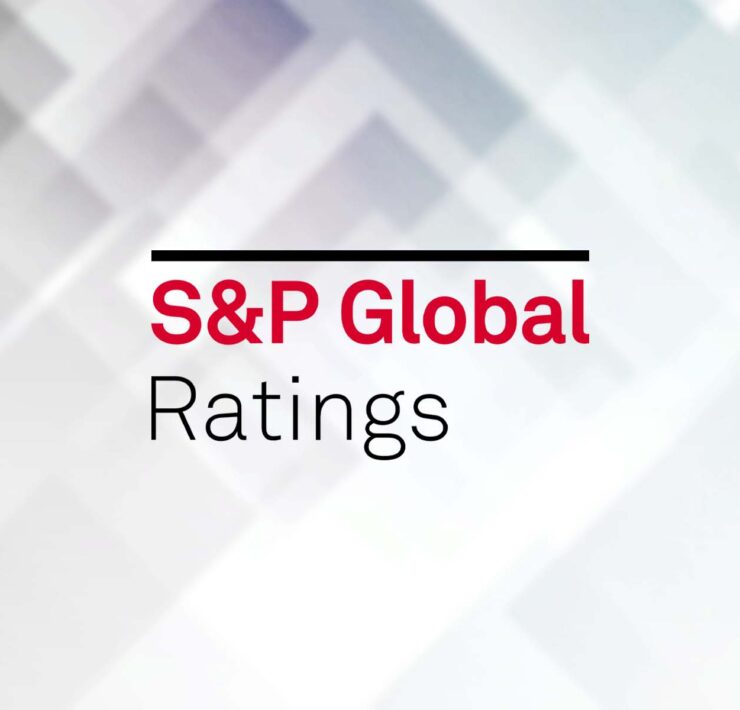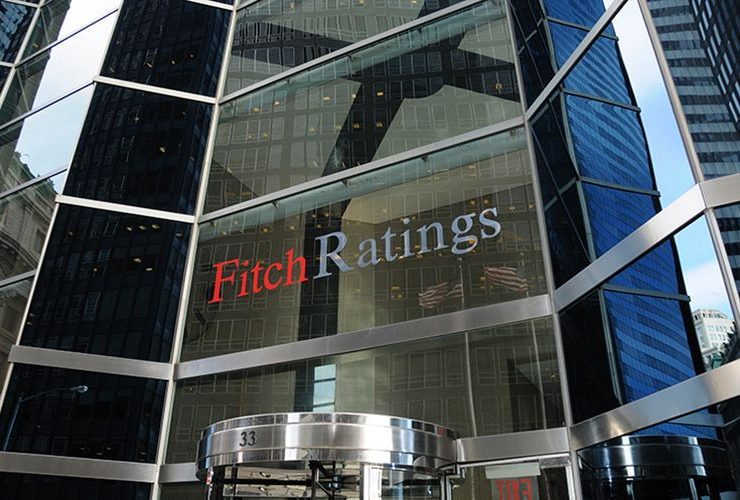GDP growth fizzles out to 4%, weakest since COVID lockdowns

A series of typhoons and government spending cuts amid an infrastructure corruption scandal dragged down Philippine economic growth in the third quarter to 4 percent—much more anemic than what had been priced in by market consensus.
This marked the weakest gross domestic product (GDP) performance since the first quarter of 2021, when the economy had contracted by 3.8 percent due to stringent COVID-19 lockdown protocols.
GDP growth plummeted from 5.5 percent in the second quarter, as well as from the 5.2 percent recorded in the same period last year. It also fell way below the 5.2 percent market consensus based on Bloomberg poll.
This brought the nine-month average to just 5 percent, failing to meet the Marcos administration’s target growth of 5.5 percent to 6.5 percent.
According to Secretary Arsenio Balisacan of the Department of Economy, Planning and Development, the fourth quarter growth would need to accelerate to at least 6.8 percent to meet the lower end of the target.
In turn, he added that the Development Budget Coordination Committee would review the targets for the year until 2026, with changes likely ahead.
“The Philippine economy continues to grow, but the third quarter performance reminds us of the urgent need to address key challenges and strengthen our foundations for rapid, sustained and inclusive growth,” Balisacan said.
“While we may not be able to fully recover the economic losses within the year, we believe these are temporary setbacks. With sustained interventions and improved resilience, we expect the economy to rebound in 2026,” he added.
Spending contraction
The biggest drag on growth was government spending on infrastructure, which contracted by 26.2 percent as the flood control scandal delayed the release of funds and prompted stricter spending.
This was the worst contraction in more than a decade, with the previous low recorded in the third quarter of 2011 at 28.6 percent, when the Aquino administration had likewise waged war against corruption.
“In other words, our GDP growth could have been higher if not for that contraction. If we had even just zero growth, we could have added 0.7 percentage points,” Balisacan told reporters.
“The domino effects, the ramifications of that controversy, the scandal in the rest of the economy affected the performance,” he added.
Slower household consumption, which grew by only 4.1 percent—its weakest pace since the first quarter of 2021—also dampened overall spending and economic activity.
Typhoon disruptions were also a key factor, causing widespread cancellations of classes, work and travel.
By sector, services posted the highest growth rate of 5.5 percent. The agriculture, forestry and fishing sector grew by 2.8 percent, while the industry sector grew by a modest 0.7 percent.
The third-quarter result was “not surprising at all,” Ateneo de Manila University economist Leonardo Lanzona said, noting that the economy had already been weakening even before the typhoons and corruption scandal.
“The fact that the country has not withstood these two events shows the low quality of institutions the country has. Huge debts, as well as trade and budget deficits, have already shown signs of weakening GDP, while flooding and corruption are simultaneously increasing,” he said.
Meanwhile, analysts at Capital Economics in London downgraded their full-year growth forecast to 5 percent, down from the earlier 5.5 percent.
“We think domestic demand will strengthen in the coming quarters. Admittedly, government spending will remain a headwind to activity as fiscal policy is tightened,” they said.
“But the backdrop of low inflation, looser monetary policy, rising capacity utilization in manufacturing and a healthy pipeline of residential construction projects bode well for private domestic demand.”
They also noted a modest recovery in exports, as the trade deficit in September narrowed despite US tariff pressures. Still, they said the overall outlook remains “skewed firmly to the downside.”





















